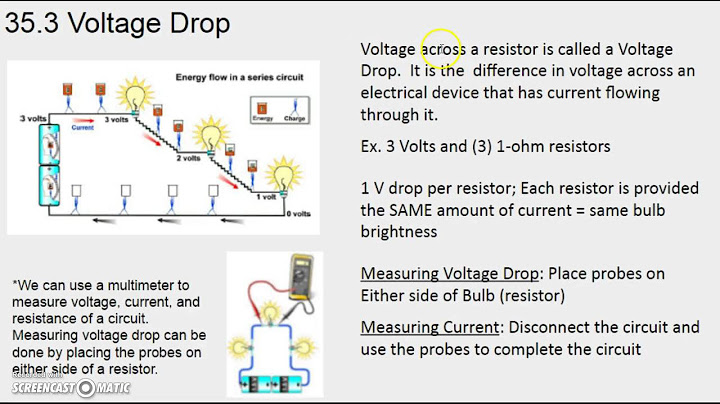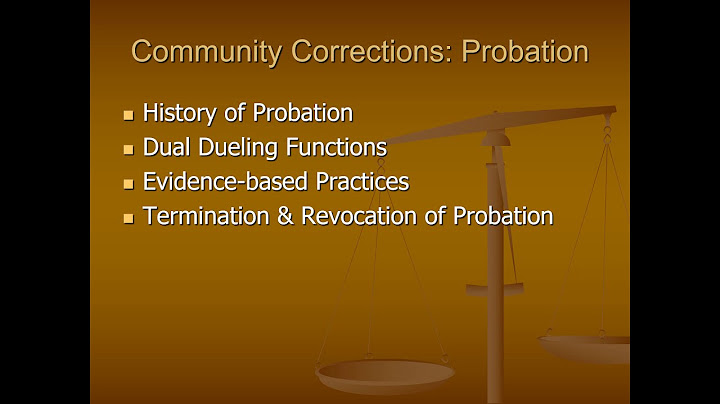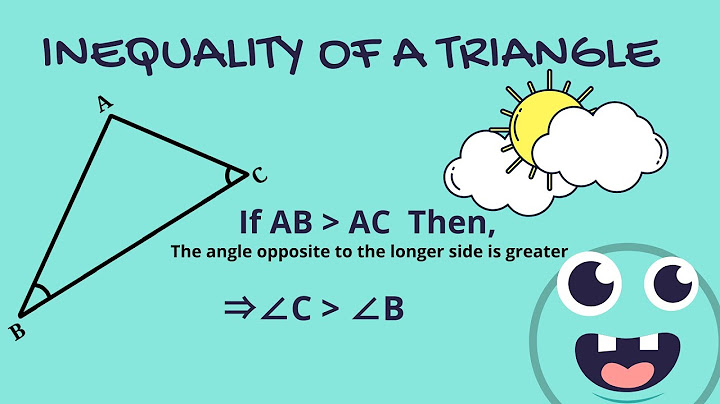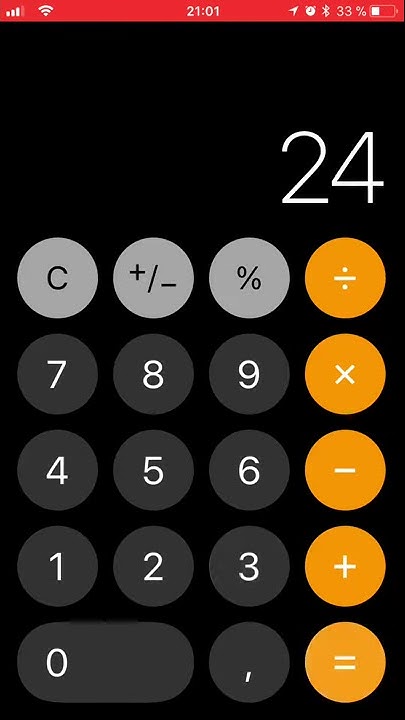Distance between 2 parallel lines is the perpendicular distance from any point to one of the lines. In this article, you will learn parallel lines definition, how to find the distance between them, and solved examples. The graph of the function, a pair of railroad tracks, or the opposite sides of a parallelogram or keys of a piano can be a few examples of parallel lines. A common property that can be found in the above examples is that the two railroad tracks never meet, the opposite sides of a parallelogram will never intersect or the piano keys are parallel to each other. This article explains the method of finding the distance between two parallel lines with appropriate examples. Parallel Lines DefinitionParallel lines are those lines that never meet each other. When the distance between a pair of lines is the same throughout, it can be called parallel lines. It is denoted by “||”. The main criteria for any two lines to be parallel is that they have to be drawn on the same plane. They are always equidistant from each other. The lines can be extended till infinity. The slopes of two parallel lines are equal. How to Find the Distance Between Two Parallel LinesThe method for calculating the distance between two parallel lines is as follows:
The two parallel lines can be taken in the form y = mx + c1 … (i) and y = mx + c2 … (ii) The line (ii) will intersect the x-axis at point A (–c1/m, 0) as shown in the figure.  The length of the perpendicular from point A to the line (i) is of the same length as the distance between two lines. Therefore, the distance between the lines (i) and (ii) is |(–m)(–c1/m) + (–c2)|/√(1 + m2) or d = |c1–c2|/√(1+m2).
Distance between a point (x1, y1) and a line is d= |a1x1+b1y1+c1| / √(a12+b12) , where a1 and b1 are the coefficients of variable x and y in the equation of the line. The equation of line is a1x+b1y+c1 = 0 Considering the following equations of 2 parallel lines, we can calculate the distance between those lines using the distance formula ax+by+c = 0 ax+by+c1 = 0 Using the above 2 equations we can conclude that Distance between 2 parallel lines, d = |c-c1| / √(a2+b2) Also readHeight and distance problems Trigonometric equations Solved ExamplesExample 1: Find the distance of the point (4, –6) from the line 2x – 7y – 24 = 0. Solution: Given line is 2x – 7y – 24 = 0. …… (1) Comparing (1) with general equation of line Ax + By + C = 0, we get A = 2, B = –7 and C = –24. Given point is (x1, y1) = (4, –6). The distance of the given point from given line is d = |Ax1 + By1 + C|/√A2+B2 = 26/7.2 = 3.6 Example 2: Estimate the distance between the two parallel lines y=2x+7 and y=2x+5. Solution: The distance between two parallel lines is given by |c1-c2|/√(a2+b2). Here, the equations of parallel lines are y = 2x + 7 and y = 2x + 5. Slopes are same m1 = m2 = 2 and c1 = 7 ,c2 = 5. here a = 2, b = -1 So, the distance between two parallel lines is given by => |c1-c2| = |7-5|/√(22+12) = 2/√5 Example 3: Calculate the distance between the parallel lines 3x+4y+7=0 and 3x+4y−5=0 . Solution: The distance between two parallel lines is given by d = |c1-c2|/√(a2+b2). Here c1 = 7, c2 = -5, a = 3, b = 4 so d = |7 – (-5)|/√(32+42) = 12/5 Example 4: Find the distance from the line 6x – 4y + 36 = 0 to point (0, 0). Solution: Distance between a point (x1, y1) and a line a1x+b1y+c1 = 0 is d = |a1x1+b1y1+c1| / √(a12+b12) Here a1 = 6, b1 = -4, c1 = 36, x1 = 0, y1 = 0 so d = 36/√(36 + 16) = 36/√52 Example 5: Let PS be the median of the triangle with vertices \(\begin{array}{l}P(2,\ 2),\ Q(6,\ -\ 1)\end{array} \) and\(\begin{array}{l}R(7,\ 3)\end{array} \) . The equation of the line passing through (1, -1) and parallel to PS isA) 2x − 9y − 7 = 0 B) 2x − 9y − 11 = 0 C) 2x + 9y − 11 = 0 D) 2x + 9y + 7 = 0 Solution: S = midpoint of \(\begin{array}{l}QR=\left( \frac{6+7}{2},\,\frac{-1+3}{2} \right)=\left( \frac{13}{2},\,1 \right)\\\end{array} \) Slope of \(\begin{array}{l}PS=\frac{2-1}{2-\frac{13}{2}}=-\frac{2}{9}\\\end{array} \) Equation of line passing through (x1, y1) having slope m is y – y1 = m(x – x1) The required equation is \(\begin{array}{l}y+1=\frac{-2}{9}(x-1)\end{array} \) that is\(\begin{array}{l}2x+9y+7=0.\end{array} \) .Example 6: The graph of the function \(\begin{array}{l}\cos x\ \cos (x+2)-{{\cos }^{2}}(x+1)\end{array} \) isA) A straight line passing through (0,−sin2 1) with slope 0 B) A straight line passing through (0, 0) C) A parabola with vertex 75 degrees D) A straight line passing through the point (π/ 2, −sin2 1) and parallel to the x-axis Solution: \(\begin{array}{l}y=\cos (x+1-1)\cos (x+1+1)-{{\cos }^{2}}(x+1) \\={{\cos }^{2}}(x+1)-{{\sin }^{2}}1-{{\cos }^{2}}(x+1)=-{{\sin }^{2}}1,\\\end{array} \) which represents a straight line parallel to x-axis, it passes through (0, −sin2 1).Here slope = 0 Hence option A is the answer. Example 7: The line 3x + 2y = 24 meets y-axis at A and x-axis at B. The perpendicular bisector of AB meets the line through (0,−1) parallel to the x-axis at C. The area of the triangle ABC is A) 182sq.units B) 91sq.units C) 48sq.units D) None of these Solution: The coordinates of A and B are (0, 12) and (8, 0) respectively. Slope of given line 3x + 2y = 24 is m = -3/2 Slope of perpendicular bisector = 2/3 Midpoint of AB = (4, 6) The equation of the perpendicular bisector of AB is \(\begin{array}{l}y-6=\frac{2}{3}(x-4) \text \ or \ 2x-3y+10=0 …..(i)\\\end{array} \) Equation of a line passing through (0, 1) and parallel to the x-axis is y=−1. (substitute y = -1 in 2x-3y+10=0) This meets (i) at C, Therefore the coordinates of C are \(\begin{array}{l}\left( -\frac{13}{2},-1 \right)\end{array} \) .Hence, the area of the triangle ABC is \(\begin{array}{l}\Delta =\frac{1}{2}\left| \begin{matrix} 0 & 12 & 1 \\ 8 & 0 & 1 \\ -\frac{13}{2} & -1 & 1 \\ \end{matrix}\, \right|=91 \text \ sq. \ units.\end{array} \) Example 8: The diagonals of a parallelogram PQRS are along the lines x + 3y = 4 and 6x − 2y = 7. Then PQRS must be a A) Rectangle B) Square C) Cyclic quadrilateral D) Rhombus Solution: Given x + 3y = 4 ..(i) 6x − 2y = 7 ..(ii) m1 = −1/3 and m2 = 3. here m1m2 = -1 Hence, lines x + 3y = 4 and 6x − 2y = 7 are perpendicular to each other. Therefore, the parallelogram is a rhombus. Example 9: Find the distance between the lines 4x +3y+6= 0 and 4x+3y-3= 0. Solution: Here A = 4, B = 3, C1 = 6 and C2 = -3 So the distance =| (C1-C2) | / √(A2+B2) =| (6–3) | / √(16+9) = 9/√25 = 9/5
If the slopes are equal, then the lines are parallel.
Distance between two parallel lines is given by the formula d = |c1-c2|/√(a2 + b2).
Distance between a point (x1, y1) and a line a1x+b1y+c1 = 0 is d = |a1x1+b1y1+c1|/√(a12+b12). |

Pos Terkait
Periklanan
BERITA TERKINI
Toplist Popular
#2
#3
#4
Top 8 wenn kleinigkeiten am partner stören 2022
1 years ago#5
Top 7 hilfsmittel für behinderte im alltag 2022
1 years ago#6
#7
#8
Top 6 cafe da manha pobre 2022
1 years ago#9
#10
Periklanan
Terpopuler
Periklanan
Tentang Kami
Dukungan

Copyright © 2024 kemunculan Inc.


















